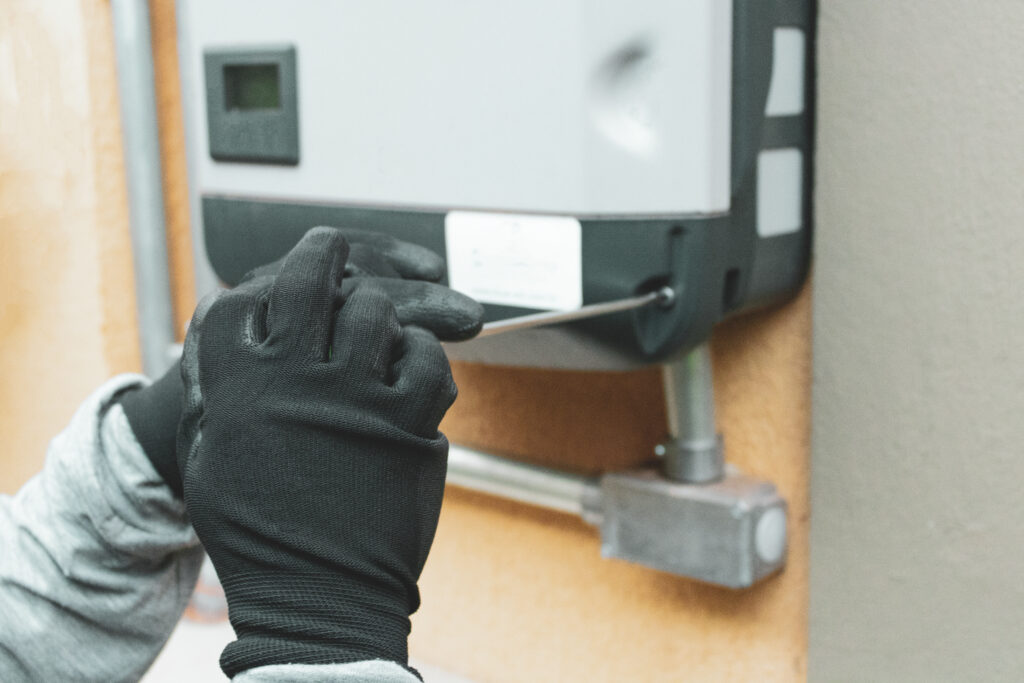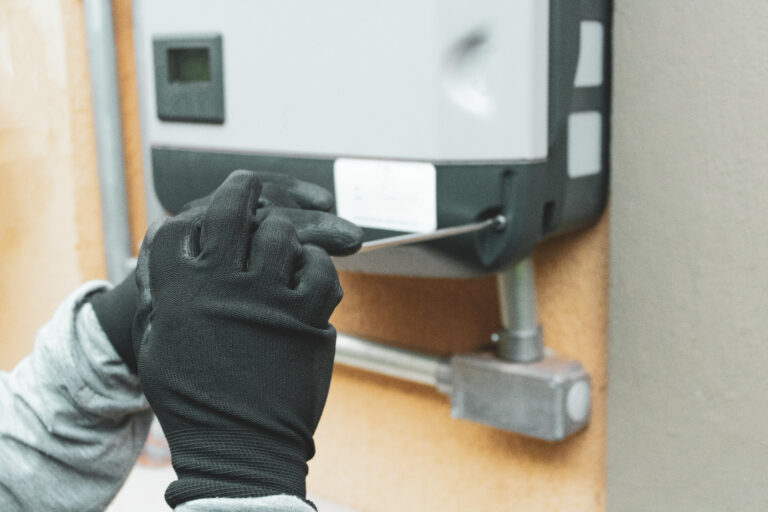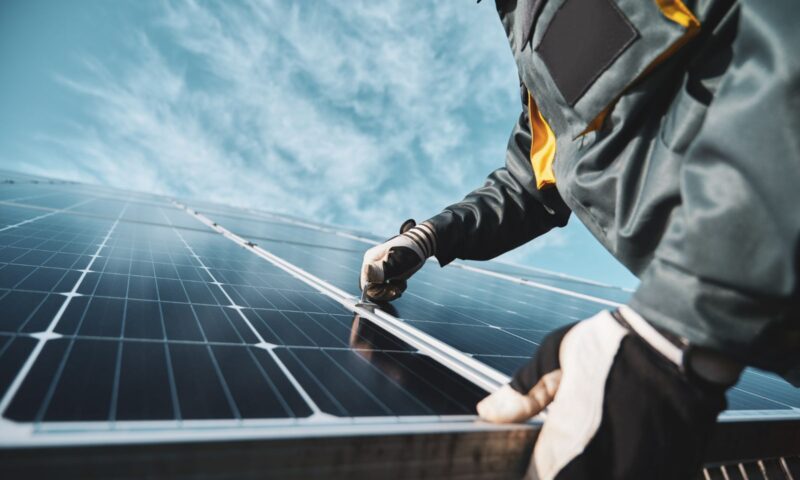Inverter, PV inverter, solar inverter or photovoltaic inverter – these are many names for a single device that is a mandatory part of any photovoltaic installation. We have written about what inverters are before, but in a nutshell we remind you that inverters are nothing more than electrical inverters that convert the direct current (DC) generated by the panels, into alternating current (AC) of a certain frequency and voltage. In Poland, the applicable parameters for the AC current that powers our electrical equipment and that we draw from the grid are 50 Hz and 230 V.
What should I pay attention to when choosing a place for mounting an inverter?
The location of the inverter is quite an important issue, which should be decided at the design stage of the photovoltaic installation. This is because the location of the inverter has a direct impact on the comfort of the installation, but also on its service life and maximizing the performance of our panels. So what should we pay attention to when selecting the location of the inverter? First of all, whether it is located at an optimal distance from both the panels and the distribution box. The maximum length of cables that should separate the inverter from the panels is about 10 meters. If the connecting cables will be longer, additional protection should be used in the installation and provision should be made for the placement of the box in the DC line. Cables transmitting AC current should also not exceed the limit of 10 meters in their length. Otherwise, additional surge protection should be installed.
In planning the location of the inverter, it is also important whether in its operation it will not be exposed to external factors such as excessive dust or moisture. It is also important to pay attention to whether adequate ventilation of the heated parts of the device will be maintained, in order to avoid its failure and, consequently, also to prolong its life and increase its operating efficiency.
Last, but not least, something to think about beforehand is our sensitivity to sound, because the operation of the inverter is not noiseless, mainly because of the built-in cooling fans, but also because of the operation of the current converter itself. Although it does not generate much noise, but for the particularly sensitive it can be a nuisance in the rooms of daily use. Keep in mind, however, that if you decide to mount the inverter outdoors, choose one that is designed for this, so that it will not be damaged at the first rain. Weather resistance of inverters is evidenced by waterproofing classes – NEMA 3R, NEMA 4X or IP65 or IP66. Importantly – the inverter should also not be in the direct reach of the sun’s rays, which will further heat it up and which will affect the faster wear of the device.
If you decide to install the inverter at home, here, too, certain rules apply. First of all, the device should have at least 15 cm of free space on each side, and in order to protect it from flooding (for example, when installed in a basement), the inverter should be placed no lower than 1 m from the floor.
Well then, where to mount the inverter?
Here’s a hint! Now that we know that the indoor inverter needs a dry room and protection from dust, it would be best to place it in:
- boiler room, if you don’t heat your house with coal, because it generates too much dust,
- garage, where it will have great ventilation, protection from the weather and will not bother anyone,
- a dry basement.
Remember also that inverters can not be confined in a small space, so it is forbidden to hide them in closets, pavilions or built-ins, where they will have very limited ventilation, but also in laundry rooms because of the humidity there. It is also not recommended to install near the bedroom if you have even a shadow of a doubt that the sound of its operation will not irritate you.




